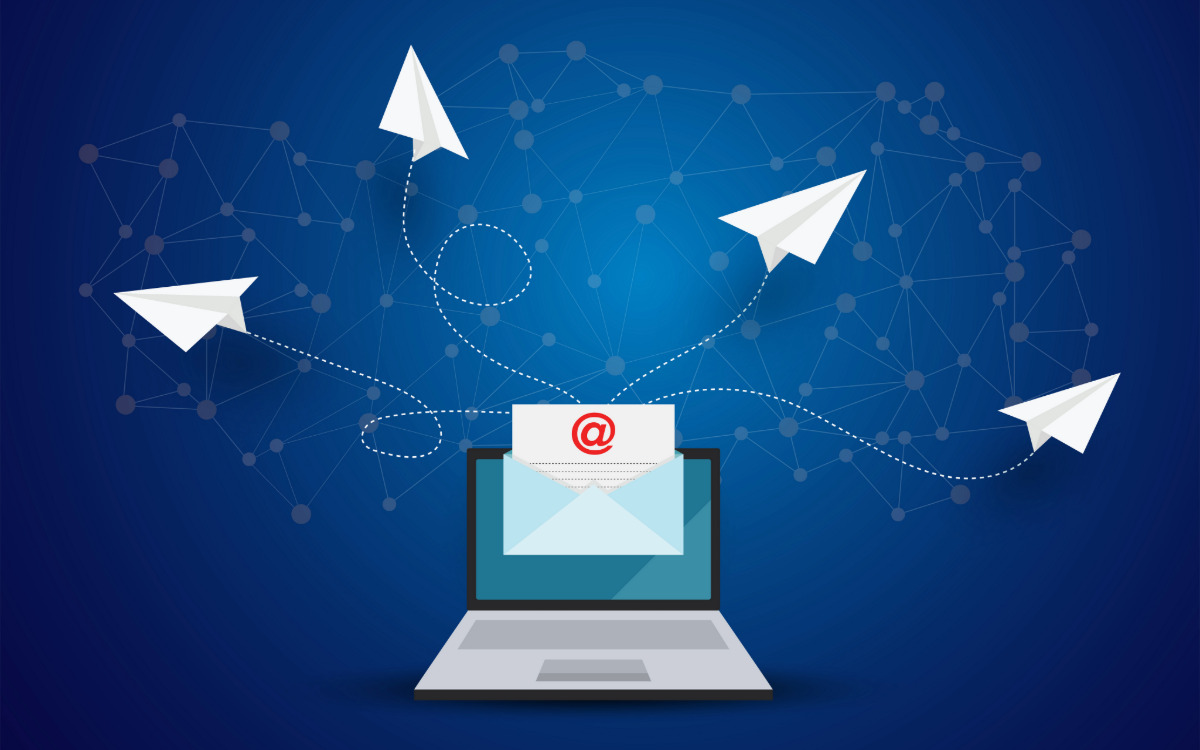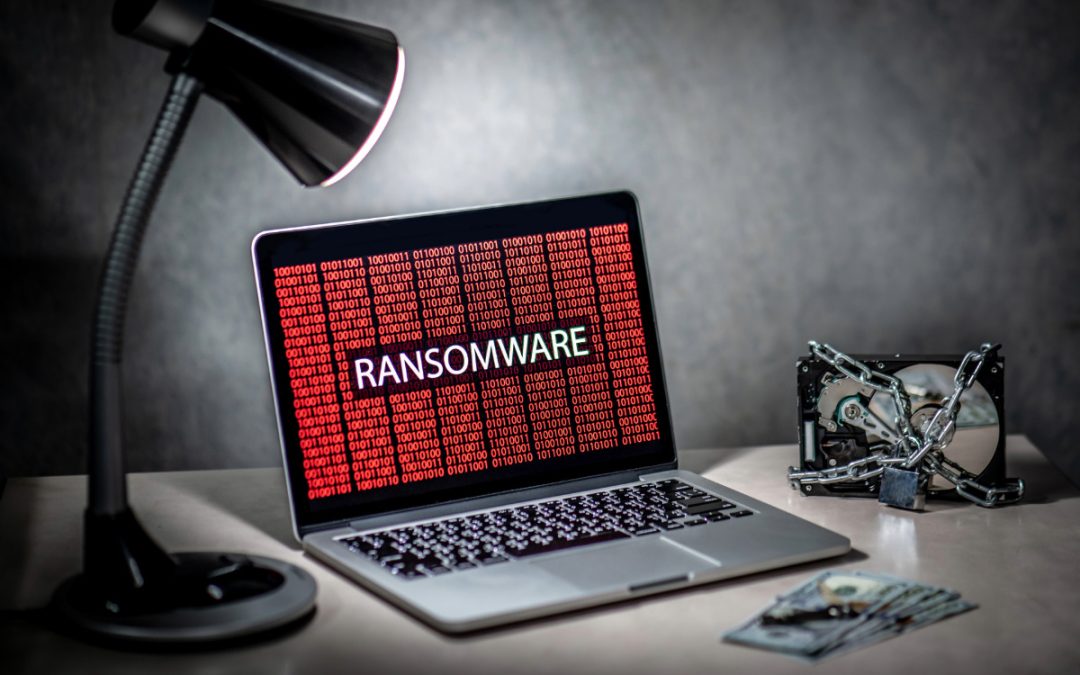In a continued effort to improve email safety and user experience, Gmail and Yahoo are implementing new sender requirements starting February 2024. These changes will focus on authentication, spam rates, and making unsubscribing easier. While junk mail has declined in recent years, over 45% of all email traffic is still spam, making this another step in improving that rate. Enforcement will gradually increase as the year goes on, with the goal of significantly reducing the number of unwanted emails received by users.
Table of Contents
An Overview of the New Email Sender Requirements
We’ll explore the three core areas of the new sender requirements: email authentication, spam rate, and simplified unsubscribing. Understanding how these elements work together will ensure your emails land in inboxes, not spam folders, and contribute to a cleaner, more user-friendly email ecosystem for everyone.
Email Authentication
The email security rules involve three key types of authentications: SPF, DKIM, and DMARC. These technologies work together to ensure that an email’s sender and receiver can trust its legitimacy.
SPF (Sender Policy Framework): SPF helps to prevent email spoofing. It does this by verifying that the sender’s IP address is authorized to send emails on behalf of a specific domain.
DKIM (DomainKeys Identified Mail): This method uses digital signatures to confirm that an email’s content remains unaltered when traveling from sender to receiver.
DMARC (Domain-based Message Authentication, Reporting & Conformance): It combines the features of SPF and DKIM to validate emails. That includes a framework for reporting and handling emails that fail these authentication checks, giving organizations more control over how their emails are handled.
Low Spam Rate
Email senders will be expected to keep a spam rate of under 0.30%, which is the percentage of people who report any given email as spam. That number is normally kept below 0.10% for most businesses. If that rate goes over 0.20%, there may be an issue with the communication style, or it’s getting delivered to the wrong set of users.
Simplified Unsubscribing
All emails must have a valid DKIM signature and include a one-click unsubscribe button in the header using List-Unsubscribe-Post. Additionally, a separate clickable unsubscribe button must be in the body of the email. The goal is to simplify the unsubscribing process, which in turn will reduce the number of emails reported as spam.
Which Businesses Are Required To Be Compliant?
All businesses will fall under one of two categories: bulk senders and non-bulk senders. Google defines a bulk sender as anyone who sends 5,000 or more daily messages. Yahoo hasn’t given a specific number, but it’s viewed as a similar number.
Non-Bulk Senders
- Use SPF or DKIM email authentication for the domain.
- Keep spam rates under 0.30%. Below 0.10% is best.
Bulk Senders
- Use both SPF and DKIM email authentication for the domain.
- Set up DMARC email authentication for the sending domain.
- Keep spam rates under 0.30%. Below 0.10% is best.
- One-click unsubscribe button and a visible unsubscribe link in the message body.
Timeline To Meet Email Sender Requirements
Both Google and Yahoo will feature gradual rollouts of the requirements starting in February 2024. Enforcement will get stricter leading up to June 2024. Businesses should aim to be fully compliant as soon as possible, reducing the chance of emails going undelivered during the transition.
February 2024
- Google: Begins issuing temporary errors for a small percentage of non-compliant email traffic from bulk senders, helping them identify problematic emails.
- Yahoo: Starts enforcement of email authentication and low spam rates for all senders.
April 2024
- Google: Non-compliant email traffic will start getting rejected, with plans to increase this rejection rate gradually.
June 2024
- Google: Bulk senders must implement a one-click unsubscribe option in all promotional messages by June 1, 2024.
- Yahoo: Begins enforcing the one-click unsubscribe button on all emails sent by bulk senders.
While both email providers have given rough timelines to meet the email sender requirements, not everything is set in stone. Google has stated they’ll start soft-handed at first, issuing errors early on and eventually rejecting delivery. No exact date has been given for when all non-compliant emails will be fully rejected.
The Penalty For Not Complying
Businesses that choose to ignore the new email sender requirements will start seeing email delivery issues with both Google and Yahoo starting in February. While enforcement is expected to begin slowly, it will quickly increase over the following few months. At the end of the ramp-up period, email delivery will no longer work for anyone non-compliant with the new guidelines.
When emails fail to deliver, the consequences extend beyond missing customer opportunities. If too many messages are marked as spam, then it can become difficult to reverse, even if the changes are later made. Going months (or years) sending what providers view as spam will establish a low trust rate for the email sender. That means it’s easier to comply in February rather than dealing with a potentially lengthy appeal process later.
Why Gmail and Yahoo Are Making These Changes
With advancements in AI and automation tools, it’s easier than ever for businesses to send out polished emails in bulk to their customers. Unfortunately, that also has some downsides. Inboxes continue to be cluttered with junk mail for products and companies many users aren’t interested in. And scams are more common than ever, with phishing continuing to be a major cybersecurity threat to users and businesses alike.
That’s why Gmail and Yahoo are committed to improving their users’ email experience and safety. A clear unsubscribe button leads to fewer spam complaints, making the changes beneficial for even non-bulk senders. While new rules or regulations can feel like a headache, these improvements will benefit everyone by setting a healthier standard for sending emails.
Does your business need help with complying with these new email sender requirements? To schedule a consultation, reach out to us via our contact form or call us at: +1 (800) 297-8293




